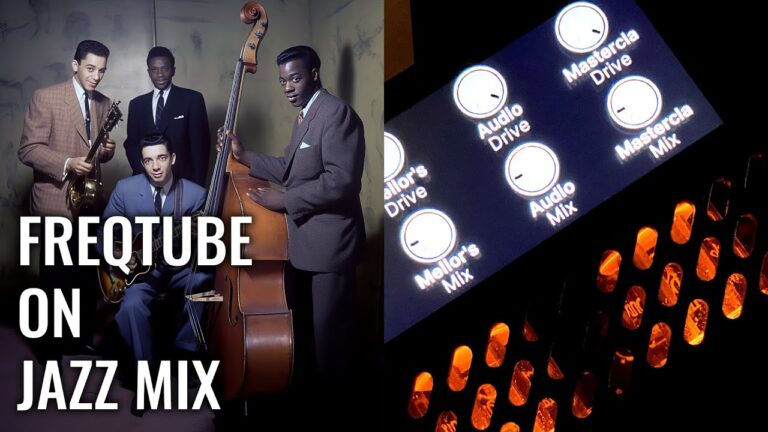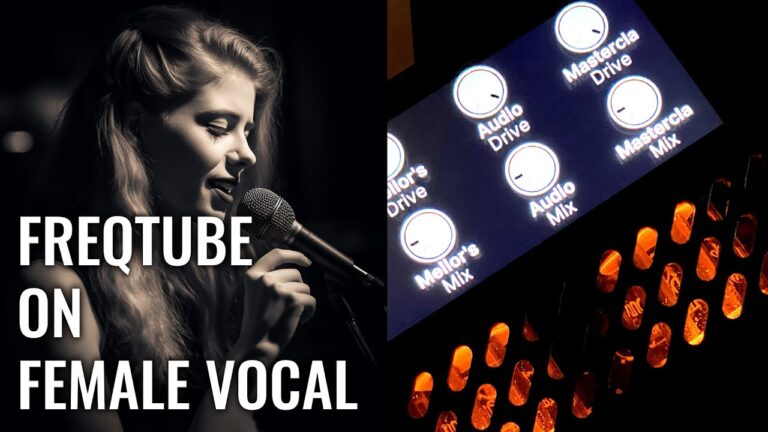If AKG makes a USB microphone, does it mean that the time has come for USB mics?

If much of the world divides into Manchester United, Chelsea or one of the minor teams, much of the audio world divides into AKG or Neumann. AKG, in the world of microphone design and manufacturing, is one of the very top teams.
So when AKG decides to create a USB microphone, or at least a USB version of one of its microphones, perhaps it signals that the era of the USB microphone has come, and we can finally put away our XLR cables.
The microphone in question is the AKG Perception 120 USB, which you can buy with an XLR connector as the Perception 120, for less money I might add. Perhaps in time the standard 120 will be dropped from the range in favor of the 'digital-era' version. Perhaps other AKG microphones will be transitioned to USB. Perhaps eventually XLR microphones will be a thing of the past.
You have to remember though why AKG makes microphones. AKG makes microphones in order to make a profit for its shareholders. Indeed this is the only objective of a public company - to make a profit for the shareholders. If there was more profit to be made by selling food mixers, then AKG would be retooling its production lines and saying goodbye to audio.
So in the AKG boardroom the scenario goes like this...
"Are there any spaces in the market that we aren't occupying at the moment?"
"Yes, USB microphones. There's a market for them and we don't have one."
"But that isn't the best way to make a microphone. It might damage our brand if we get it wrong."
"Don't worry - we'll position it in the right market segment..."
What? No preamp?
As you might realize, there is no role for a microphone preamplifier when using a USB mic. That doesn't mean that there isn't one though - it's inside the microphone. All capacitor microphones have an internal amplifier, and this one has what we would normally recognize as a microphone preamplifier as well, or perhaps the two are combined.
The problem is however that there is no gain control. So there is no way of optimizing the signal level going into the analog-to-digital converter (also inside the microphone). There is a -20 dB pad, but this is a crude means of protecting against clipping caused by very loud inputs.
So the designers at AKG have to set the gain to suit the most likely use of the mic. Podcasting would seem like a sensible use, or software tutorial videos. The gain will be set so that someone with a loudish voice, at a closest distance of 15 cm or so, will not clip the converter, and will allow a reasonable amount of headroom, say 10 dB.
24-bit is king
Suppose now that a USB microphone has an internal 16-bit converter, and the gain is set to allow 10 dB of headroom, on a loudish speaking voice at a close distance. The maximum signal-to-noise ratio achievable in theory is 86 dB. Suppose that the person speaking has a quieter voice, and a greater mic distance is used to achieve a more natural quality. The level could easily drop by 15 dB, maybe 20.
So now the signal-to-noise ratio is degraded to 66 dB. This is on the point of noise becoming audible. Take this same mic and record a classical guitar in a pleasant acoustic from two meters away and you can definitely hear the noise. There is no gain control to bring the level up going into the converter.
But this is where the AKG Perception 120 USB scores... It has a 24-bit converter. The maximum theoretical signal-to-noise ratio of a 24-bit converter is 144 dB. So in a situation where a 16-bit converter could offer a signal-to-noise ratio of 66 dB, the 24-bit converter's will be 114 dB. Well this won't be achievable in practice, but you should certainly be able to see the value of having a 24-bit converter in a USB microphone. AKG know about these things, you know.
Other USB issues
Of course there are other issues with USB microphones. You can't choose a preamp to achieve a certain sonic texture that you want. Using multiple USB mics isn't going to be something that is achieved easily, at least not yet. Oh, and you can forget about cable runs of more than five meters.
But for the simple purpose of recording a podcast or tutorial voice over, a USB microphone could be a very convenient solution. And if it has a 24-bit converter, then for this type of use the lack of a gain control should be no problem.





























